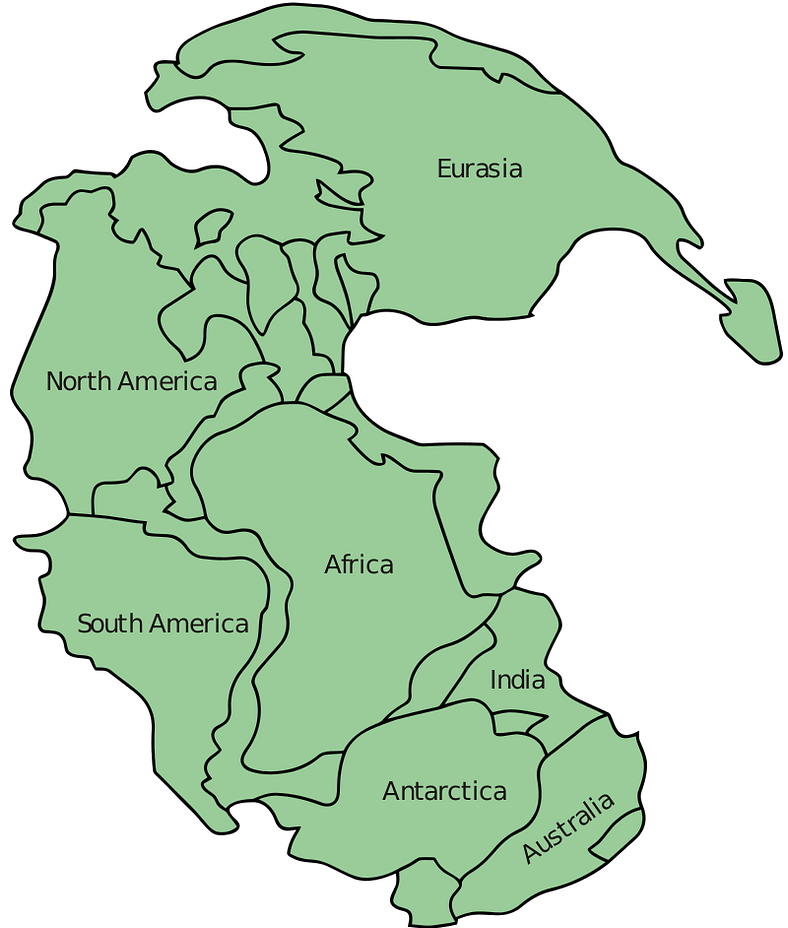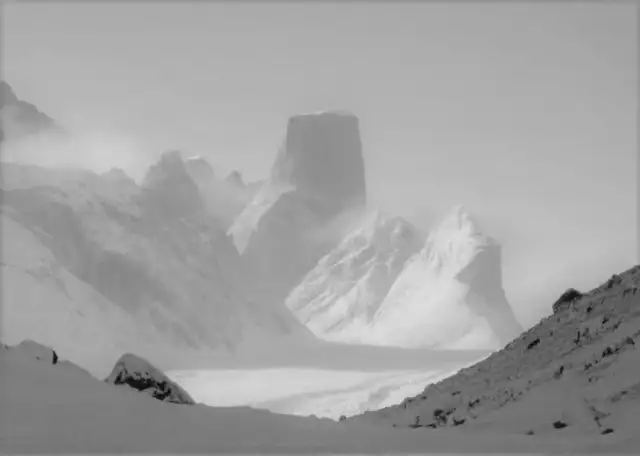 cientists have discovered a number of indications of the existence of a missing continent in a series of rocks recovered from northern Canada, Buffin Island. These clues were in kimberlite, a Uber-basalt rock, formed in volcanic baskets and “carrying” diamonds during eruptions, notes Live Science. This lost continent goes by the name of the great Pangea continent which has an estimated age of deforming 150 million years ago.
cientists have discovered a number of indications of the existence of a missing continent in a series of rocks recovered from northern Canada, Buffin Island. These clues were in kimberlite, a Uber-basalt rock, formed in volcanic baskets and “carrying” diamonds during eruptions, notes Live Science. This lost continent goes by the name of the great Pangea continent which has an estimated age of deforming 150 million years ago.
The Buffin Island
Scientists have shown that the samples recovered from Buffin Island were similar to rocks in an ancient continent that formed three billion years ago and separated 150 million years ago. Part of this continent “anchors” North America. Starting from the composition of the samples, but also from the place where they were collected, the researchers concluded that the surviving surface of this continent should be 10% larger than what the current models suggest.
The researchers concluded that the tectonic plates of this ancient continent were divided between North America, Greenland, the Labrador Peninsula, and even Scotland. 200 million years ago, there was only one supercontinent: Pangaea, but the internal forces of the planet made this mass divide, reaching 60 million years ago, the continents having the shape we see.
The rocks analyzed revealed that Baffin was part of the North American plate and was not part of another ancient continent. Details of the rocks studied, but also of Baffin Island, can be found in The metasomatized mantle beneath the North Atlantic Craton: Insights from peridotite xenoliths of the Chidliak kimberlite province (NE Canada) published in the Journal of Petrology.
The Pangea Continent

As mentioned before about 300 million years ago parts of the Pangea continent started separating into some of the continents we live in today however throughout 300 million years many changes, as well as shifts, have taken place. This is due to the tectonic plate theory shifting every so million years, at least this is what has been discovered by scientists and geologists in the last decade.
It is also said that any parts of Pangea have sunk into various oceans which is the justification of lost civilizations. At the same time, many places that we live in today have risen from deep oceans due to the shift of the tectonic plates. It is very difficult to replicate with exactitude the changes that Earth has manifested in the last million years let alone 300 million years ago.
Thus, due to the constant shifts the continent may form once again forming a supercontinent uniting most of the lands within our planet. However, many generations will pass on until such major changes will take place of Earth.
Avid Writer with invaluable knowledge of Humanity!
Upcoming historian with over 30 million views online.
“You make your own life.”





